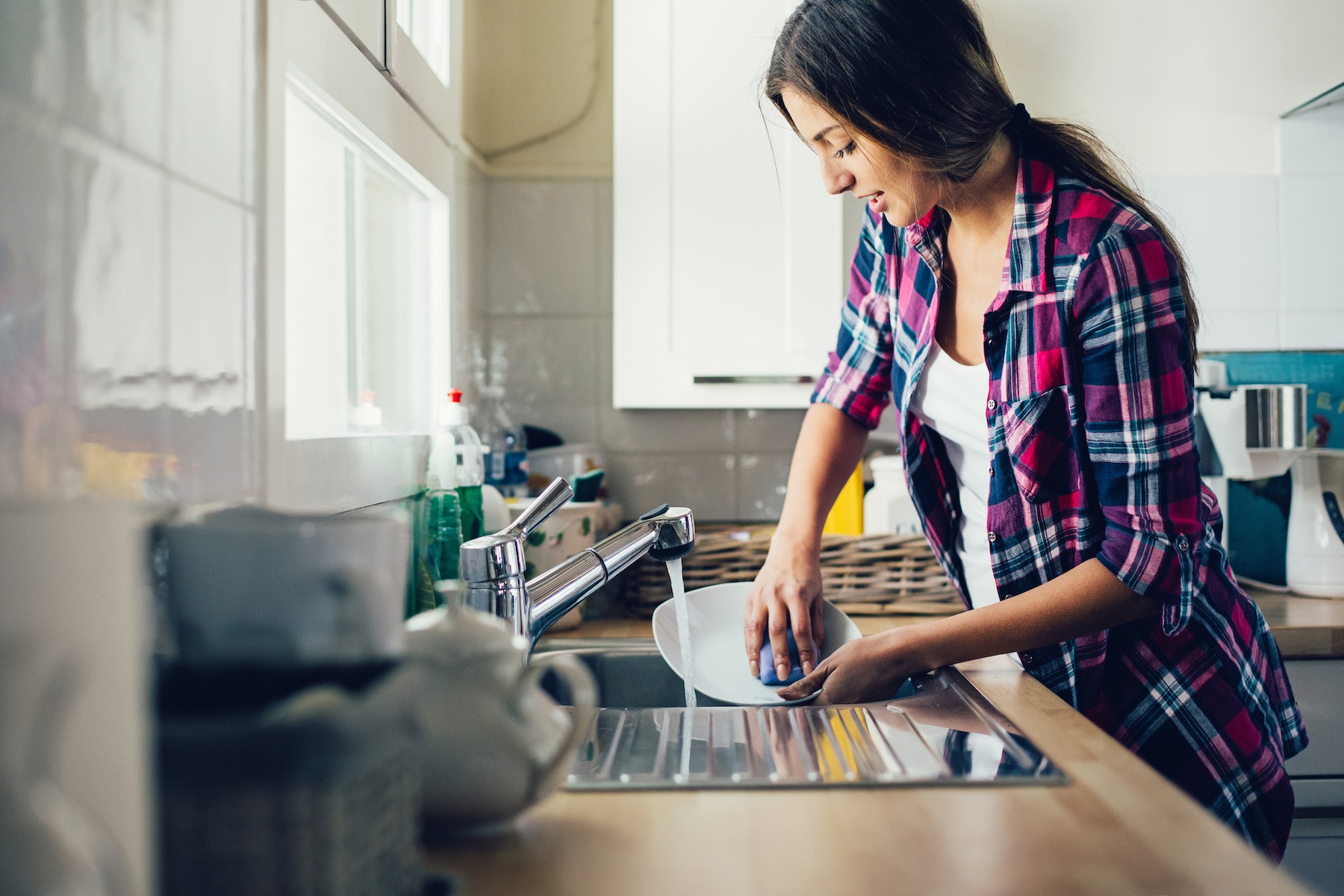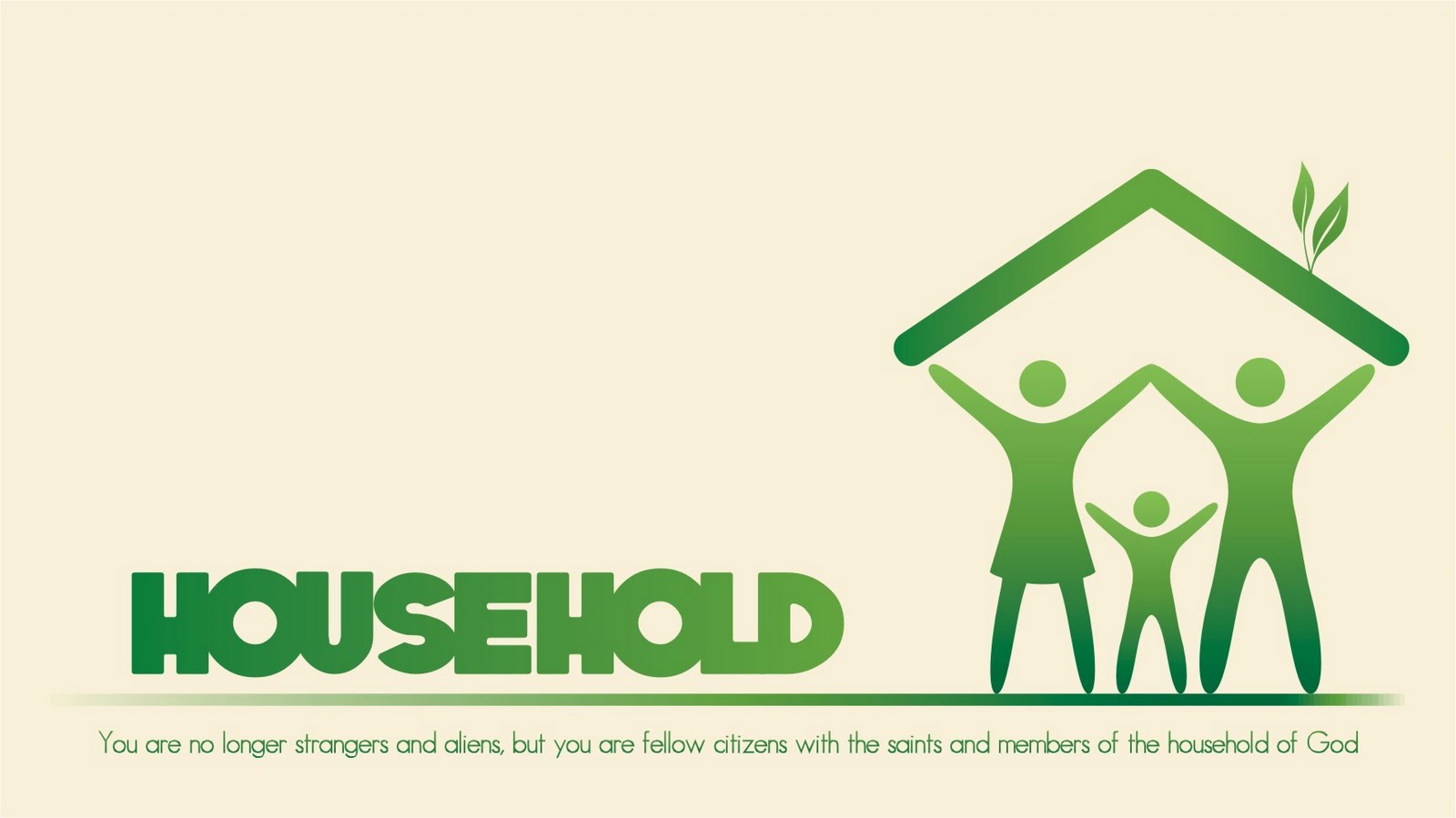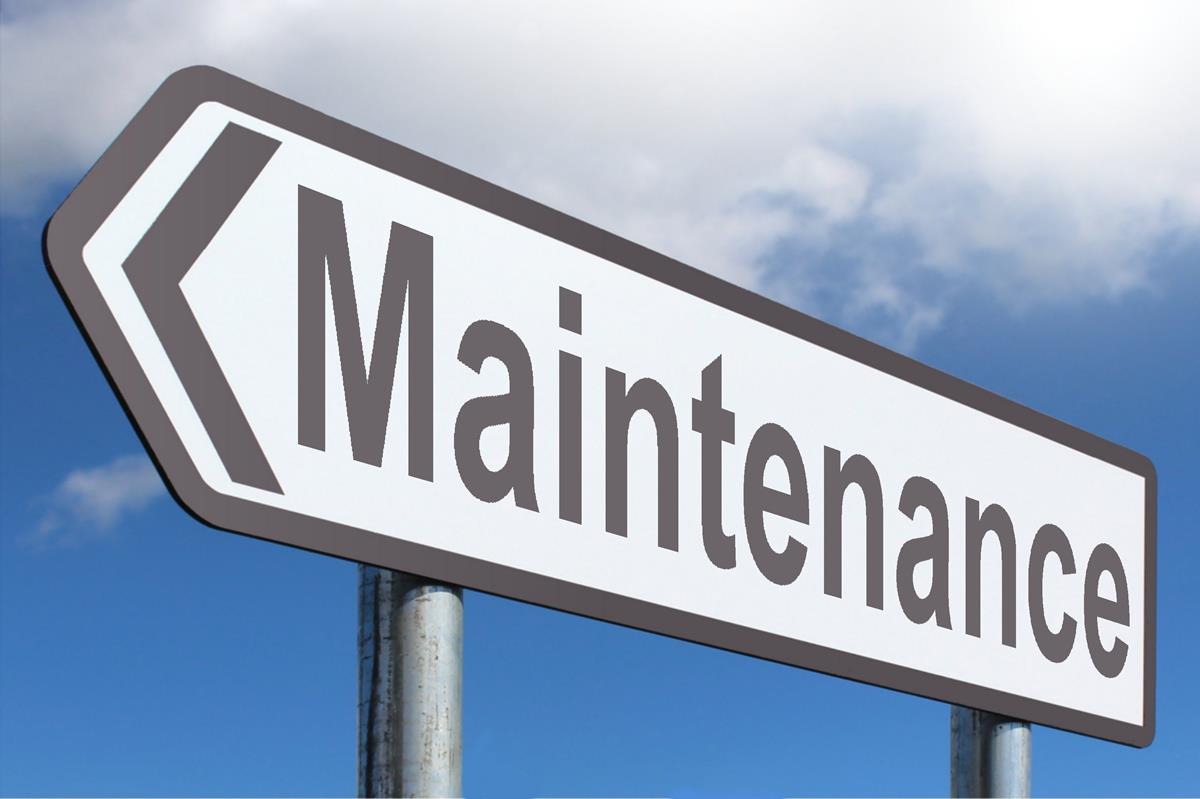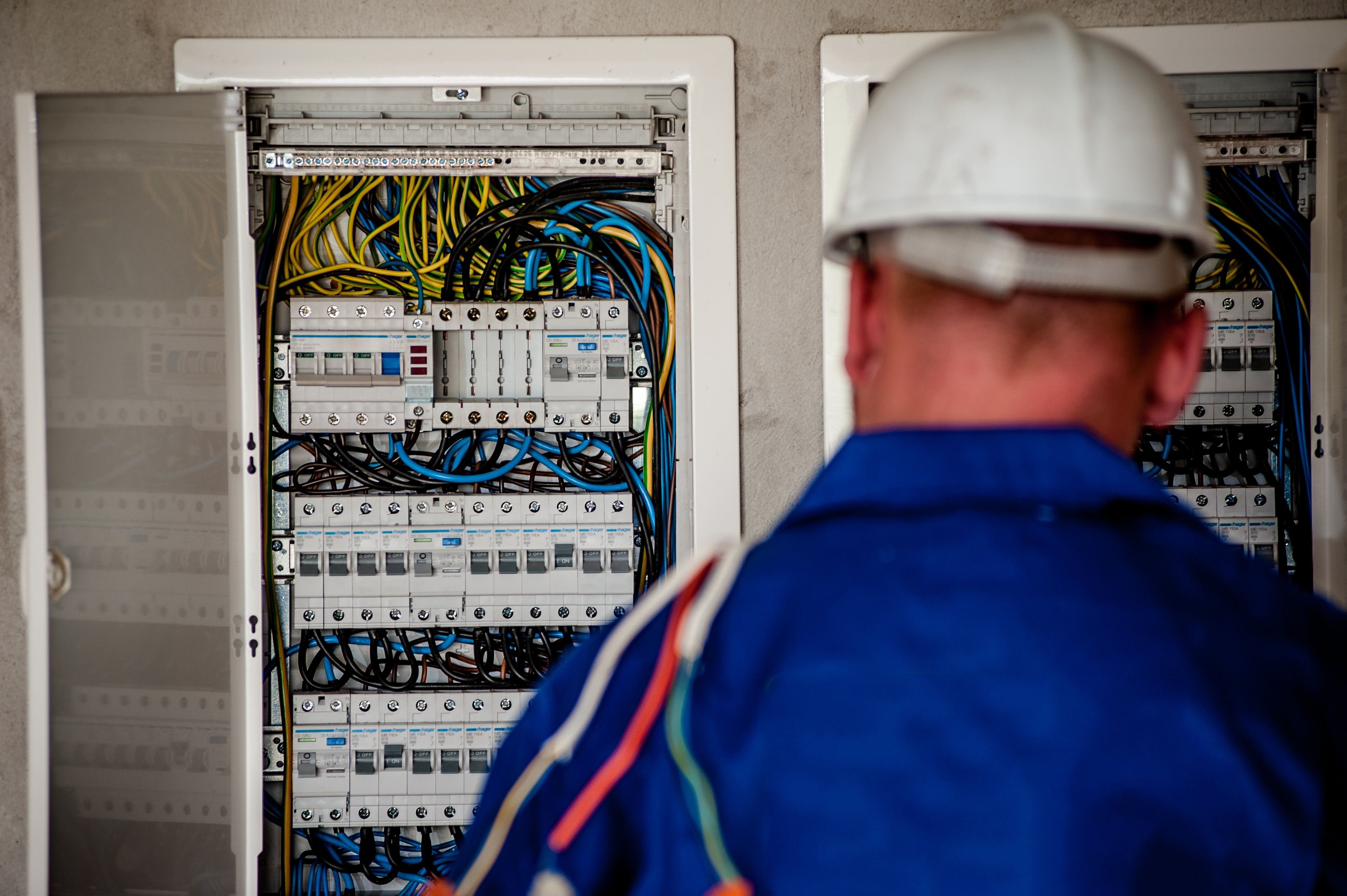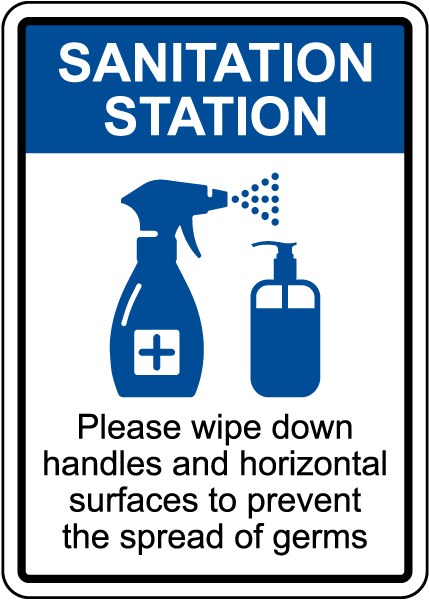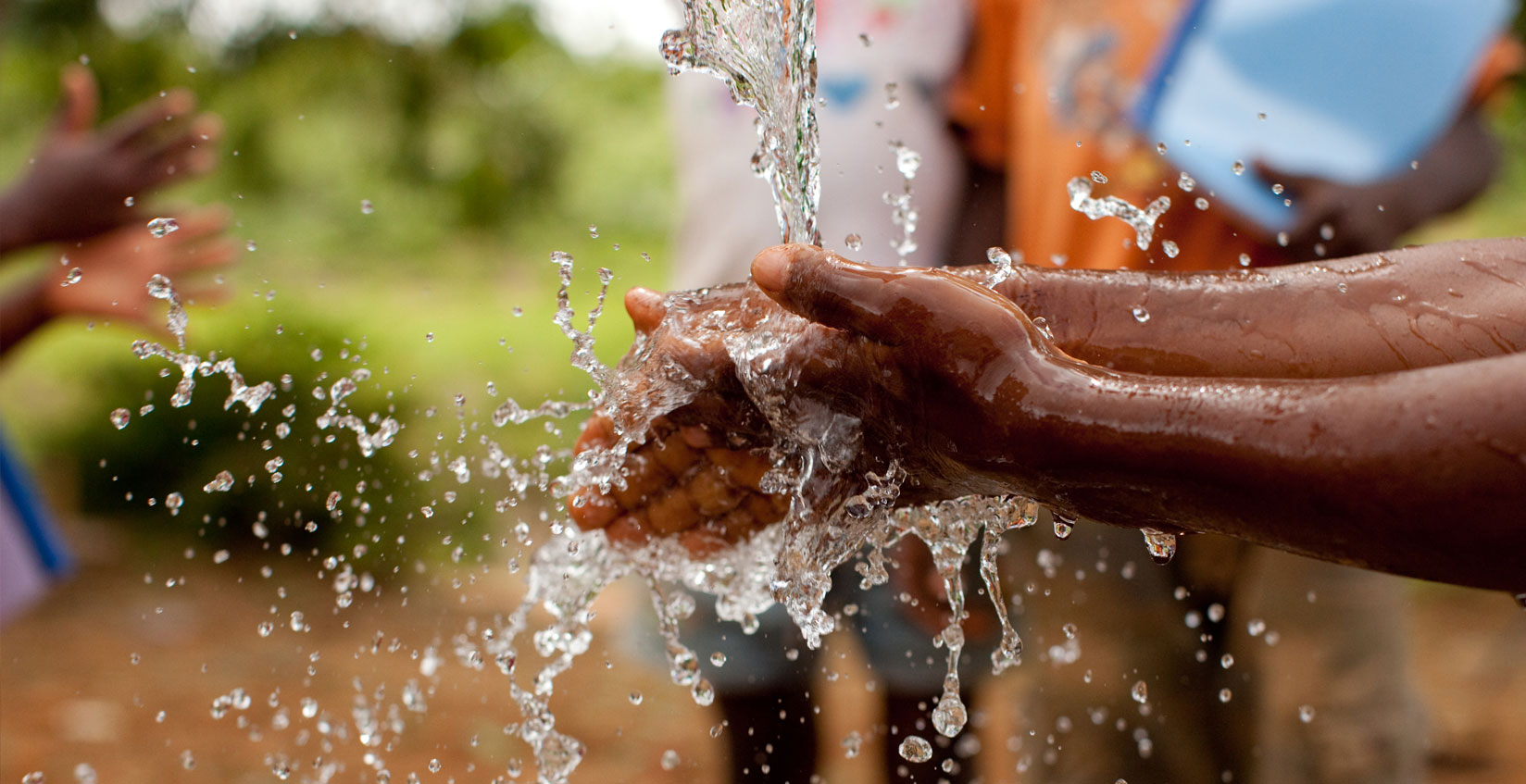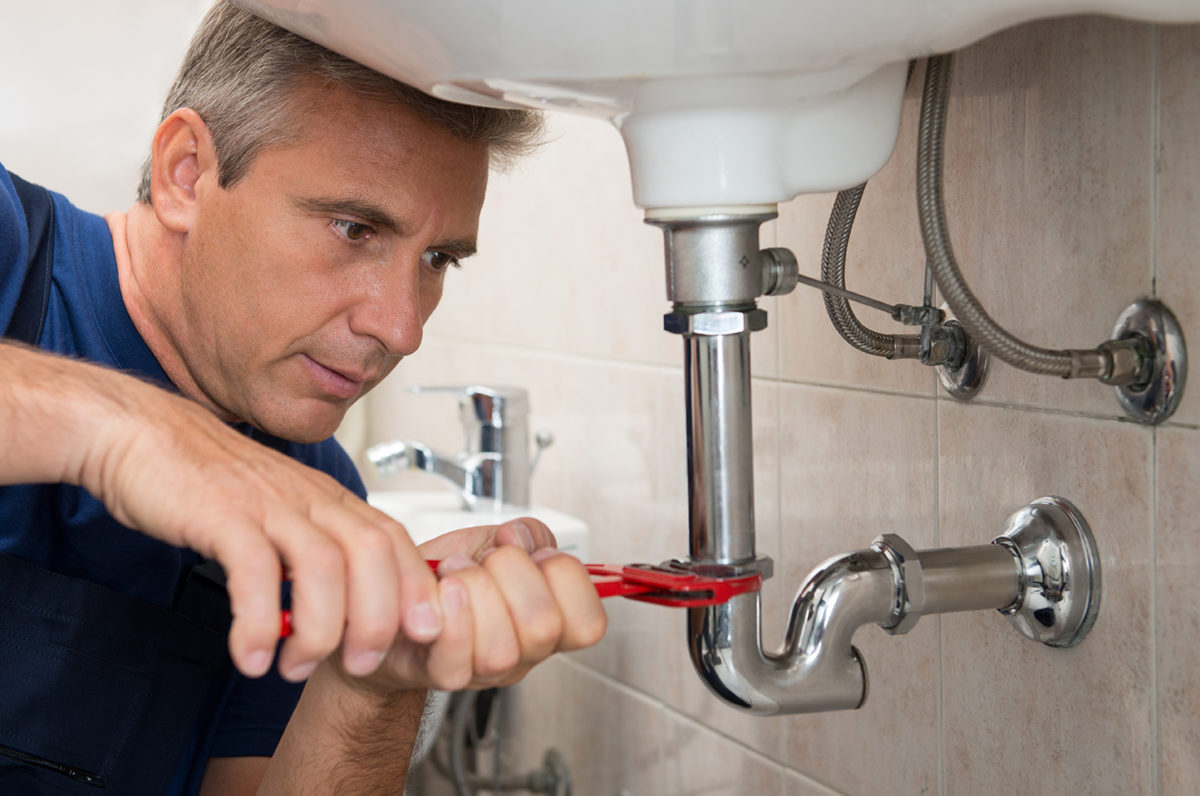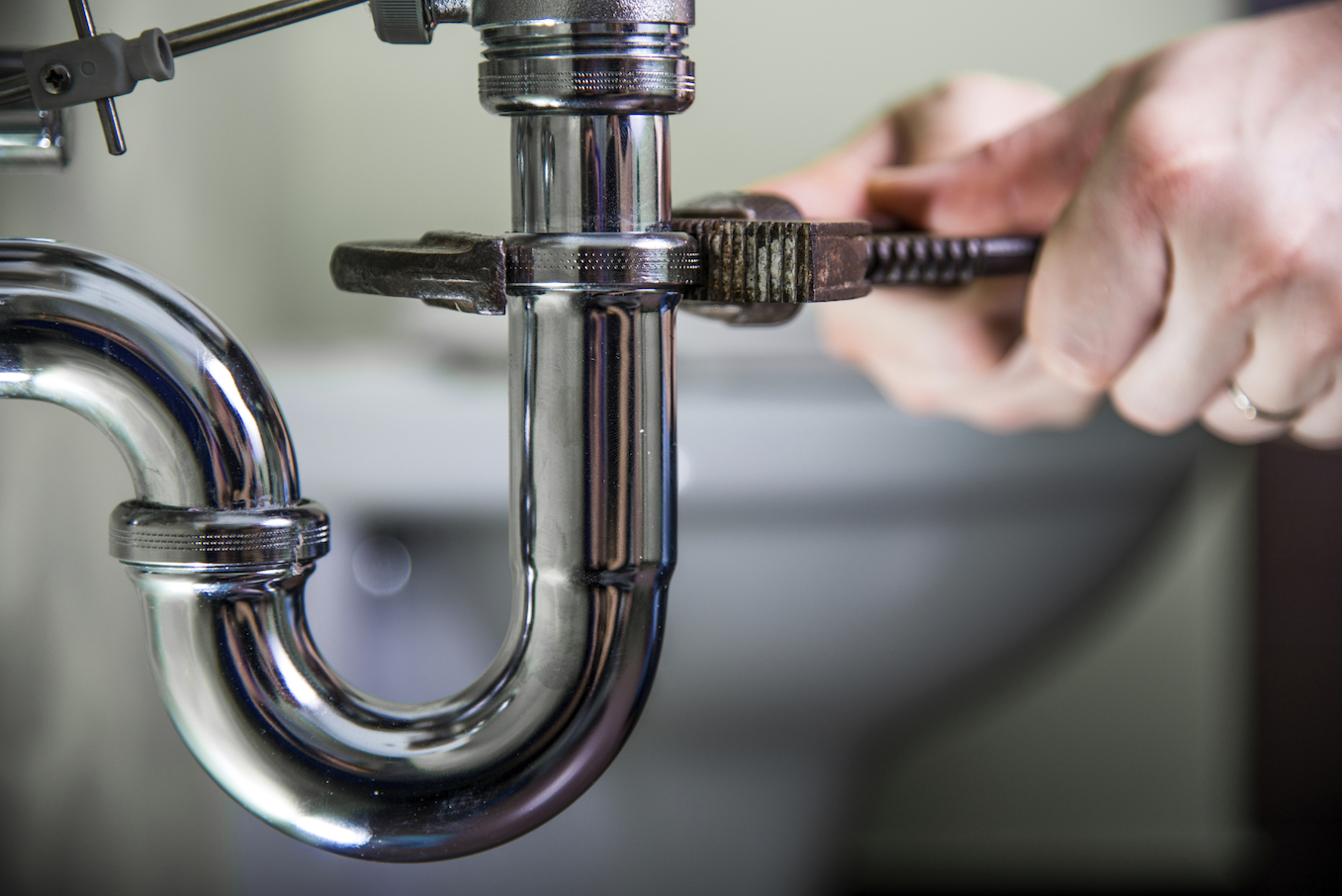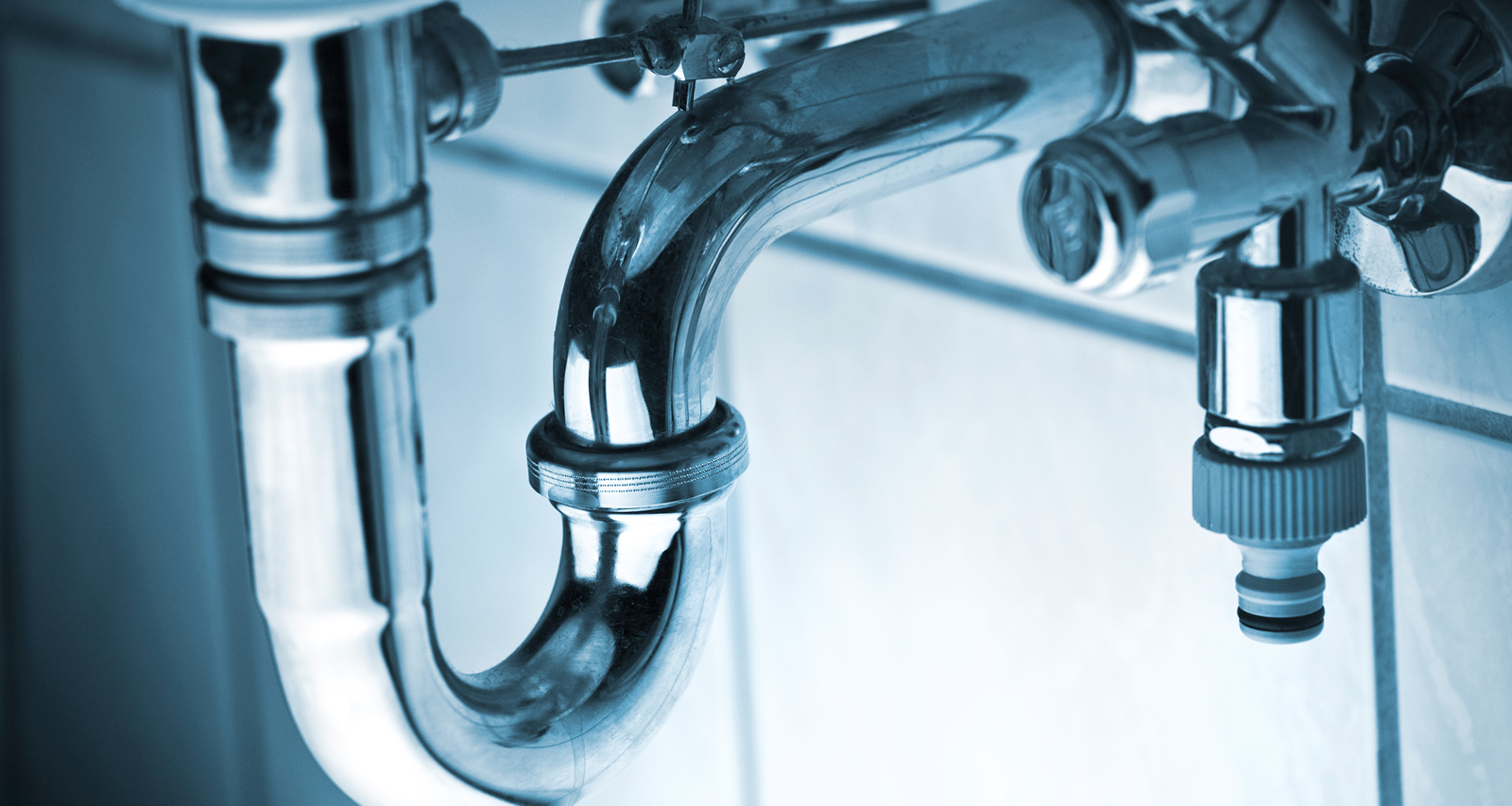When it comes to household cleaning, bleach is often the go-to choice for many people. Its strong and powerful formula makes it a popular option for tackling tough stains and disinfecting surfaces. And one area where bleach is commonly used is in the bathroom sink. But is pouring bleach down the bathroom sink really a good idea? Let's take a closer look. The Power of Bleach: Why It's a Popular Choice for Cleaning the Bathroom Sink
Bleach is a chemical compound that is highly corrosive and can cause damage to pipes and plumbing systems. When poured down the drain, it can also mix with other chemicals and create toxic fumes, which can be harmful to your health. Additionally, bleach can also kill off beneficial bacteria in your septic system, leading to potential issues with drainage and overall maintenance. What Happens When You Pour Bleach Down the Drain?
While bleach may seem like a quick and easy solution to clean your bathroom sink, it's important to be aware of the potential dangers of using chemicals. Not only can they be harmful to your health and the environment, but they can also cause damage to your pipes and plumbing over time. Constant use of chemicals can weaken the pipes, leading to potential leaks and blockages. The Dangers of Using Chemicals to Clean Your Bathroom Sink
It's not uncommon for bathroom sinks to become clogged over time. Hair, soap residue, and other debris can easily build up in the pipes and cause a blockage. And while using bleach may seem like a good solution, it can actually worsen the problem. The strong chemicals in bleach can cause the debris to harden and create a more stubborn blockage. Clogged Drains: A Common Problem with Household Cleaning
Instead of relying on harsh chemicals like bleach to clean your bathroom sink, it's important to practice regular maintenance and sanitation. This means cleaning your sink regularly with a mild detergent or natural cleaning solution. This will not only help prevent clogs, but it will also keep your sink looking clean and fresh. The Importance of Regular Maintenance and Sanitation
If you're looking for a safe and effective way to disinfect your bathroom sink, there are plenty of alternatives to bleach. For example, white vinegar, baking soda, and hydrogen peroxide are all natural and effective disinfectants. They are also safer for the environment and won't cause damage to your plumbing. Finding a Safe and Effective Disinfectant Alternative
With the rise of DIY home remedies, it's important to be cautious when using natural solutions to clean your bathroom sink. While they may seem harmless, some ingredients can be just as harmful as chemical cleaners if not used properly. For example, mixing vinegar and baking soda can create a caustic reaction that can damage your pipes. Always do thorough research before trying out a DIY cleaning solution. DIY Home Remedies: A Cautionary Tale
If you do choose to use bleach to clean your bathroom sink, it's important to take safety precautions. Always wear protective gloves and a mask to avoid direct contact with the chemicals and fumes. Make sure to also ventilate the room by opening windows and turning on fans. And never mix bleach with other chemicals or cleaners. Safety First: Protecting Yourself When Using Bleach
It's not just your own health and safety that you should be concerned about when using bleach in your bathroom sink. The chemicals in bleach can also have a negative impact on the environment. When poured down the drain, they can contaminate water sources and harm aquatic life. And if you have a septic system, the bleach can also disrupt the natural balance of bacteria in the tank. The Environmental Impact of Pouring Bleach Down the Drain
If you're dealing with a stubborn clog or damage to your pipes, it's best to seek professional help from a plumber. They have the knowledge and tools to effectively clean and repair your plumbing without causing further damage. While it may be a pricier option, it can save you from costly repairs in the long run. When to Call in a Professional Plumber
While bleach may seem like a cheaper option for cleaning your bathroom sink, it's important to consider the long-term costs. Constant use of bleach can cause damage to your pipes, leading to expensive repairs. Natural alternatives, while they may be slightly more expensive, are safer for your plumbing and the environment. And they can also save you money in the long run. The Cost of Using Bleach vs. Natural Alternatives
The best way to avoid the need for harsh chemicals like bleach is to prevent clogs and buildup in your bathroom sink. This can be done by regularly cleaning your sink, using a drain catcher to catch hair and debris, and avoiding pouring harmful chemicals down the drain. By practicing preventive measures, you can keep your bathroom sink clean and fresh without the need for harsh chemicals. Prevention is Key: How to Keep Your Bathroom Sink Clean and Fresh
While bleach may seem like a powerful and convenient solution for cleaning your bathroom sink, it's important to be aware of the potential dangers and drawbacks. From the harmful effects on your health and the environment to potential damage to your plumbing, there are plenty of reasons to consider alternative methods for keeping your sink clean and fresh. With regular maintenance and safer cleaning solutions, you can achieve a sparkling clean bathroom sink without the risks. In Conclusion
The Dangers of Pouring Bleach Down Your Bathroom Sink

Why You Should Think Twice About Using Bleach in Your Bathroom
 Bleach is a commonly used household cleaner, known for its powerful ability to disinfect and remove tough stains. It's often used in bathrooms to clean and sanitize surfaces, including sinks and drains. However, pouring bleach down your bathroom sink can have serious consequences, both for your plumbing and for the environment.
First, let's talk about the potential damage to your plumbing system.
Bleach is a corrosive substance that can eat away at pipes and cause them to deteriorate over time. This can lead to leaks, clogs, and even costly repairs. Additionally, if your home has a septic system, pouring bleach down your sink can disrupt the natural balance of bacteria that breaks down waste, causing potential issues with your septic tank.
Bleach is a commonly used household cleaner, known for its powerful ability to disinfect and remove tough stains. It's often used in bathrooms to clean and sanitize surfaces, including sinks and drains. However, pouring bleach down your bathroom sink can have serious consequences, both for your plumbing and for the environment.
First, let's talk about the potential damage to your plumbing system.
Bleach is a corrosive substance that can eat away at pipes and cause them to deteriorate over time. This can lead to leaks, clogs, and even costly repairs. Additionally, if your home has a septic system, pouring bleach down your sink can disrupt the natural balance of bacteria that breaks down waste, causing potential issues with your septic tank.
But that's not all.
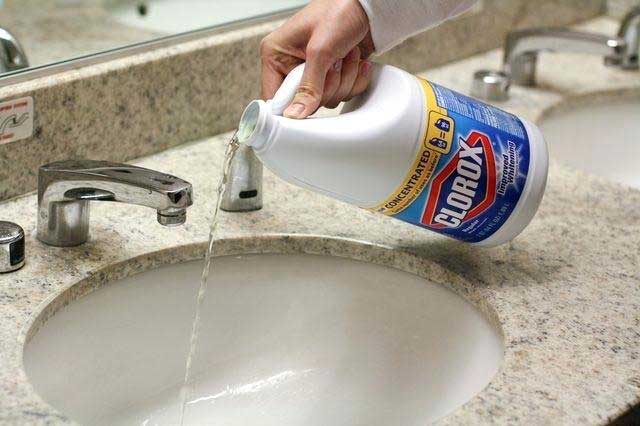 The use of bleach in your bathroom can also have a negative impact on the environment.
When bleach is poured down the sink, it enters the water supply and can harm aquatic life. It also contributes to water pollution and can have harmful effects on human health.
The use of bleach in your bathroom can also have a negative impact on the environment.
When bleach is poured down the sink, it enters the water supply and can harm aquatic life. It also contributes to water pollution and can have harmful effects on human health.
So what can you use instead?
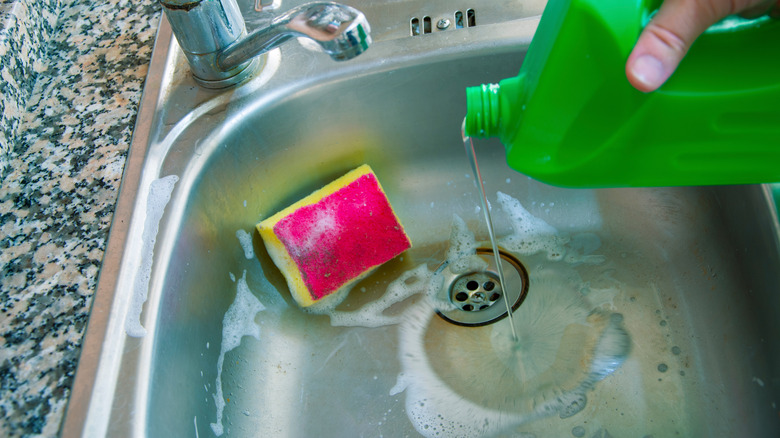 There are several alternative cleaners that are just as effective as bleach, without the negative consequences.
For cleaning and disinfecting your bathroom sink, you can use a mixture of white vinegar and water, or a natural all-purpose cleaner. These options are not only safer for your plumbing and the environment, but they are also more budget-friendly.
There are several alternative cleaners that are just as effective as bleach, without the negative consequences.
For cleaning and disinfecting your bathroom sink, you can use a mixture of white vinegar and water, or a natural all-purpose cleaner. These options are not only safer for your plumbing and the environment, but they are also more budget-friendly.
Preventing Clogs in Your Bathroom Sink
 One of the main reasons people turn to bleach for their bathroom sinks is to prevent clogs.
However, there are other preventative measures you can take that don't involve harmful chemicals. One simple solution is to regularly clean and maintain your sink and drain. This will help prevent buildup and keep water flowing smoothly.
One of the main reasons people turn to bleach for their bathroom sinks is to prevent clogs.
However, there are other preventative measures you can take that don't involve harmful chemicals. One simple solution is to regularly clean and maintain your sink and drain. This will help prevent buildup and keep water flowing smoothly.
In Conclusion
 While bleach may seem like a quick and easy solution for cleaning and disinfecting your bathroom sink, the potential consequences are not worth the risk.
By using alternative cleaners and implementing preventative measures, you can keep your sink and plumbing in good condition, while also doing your part to protect the environment. So next time you reach for that bottle of bleach, remember the potential dangers and opt for a safer and more eco-friendly option.
While bleach may seem like a quick and easy solution for cleaning and disinfecting your bathroom sink, the potential consequences are not worth the risk.
By using alternative cleaners and implementing preventative measures, you can keep your sink and plumbing in good condition, while also doing your part to protect the environment. So next time you reach for that bottle of bleach, remember the potential dangers and opt for a safer and more eco-friendly option.


























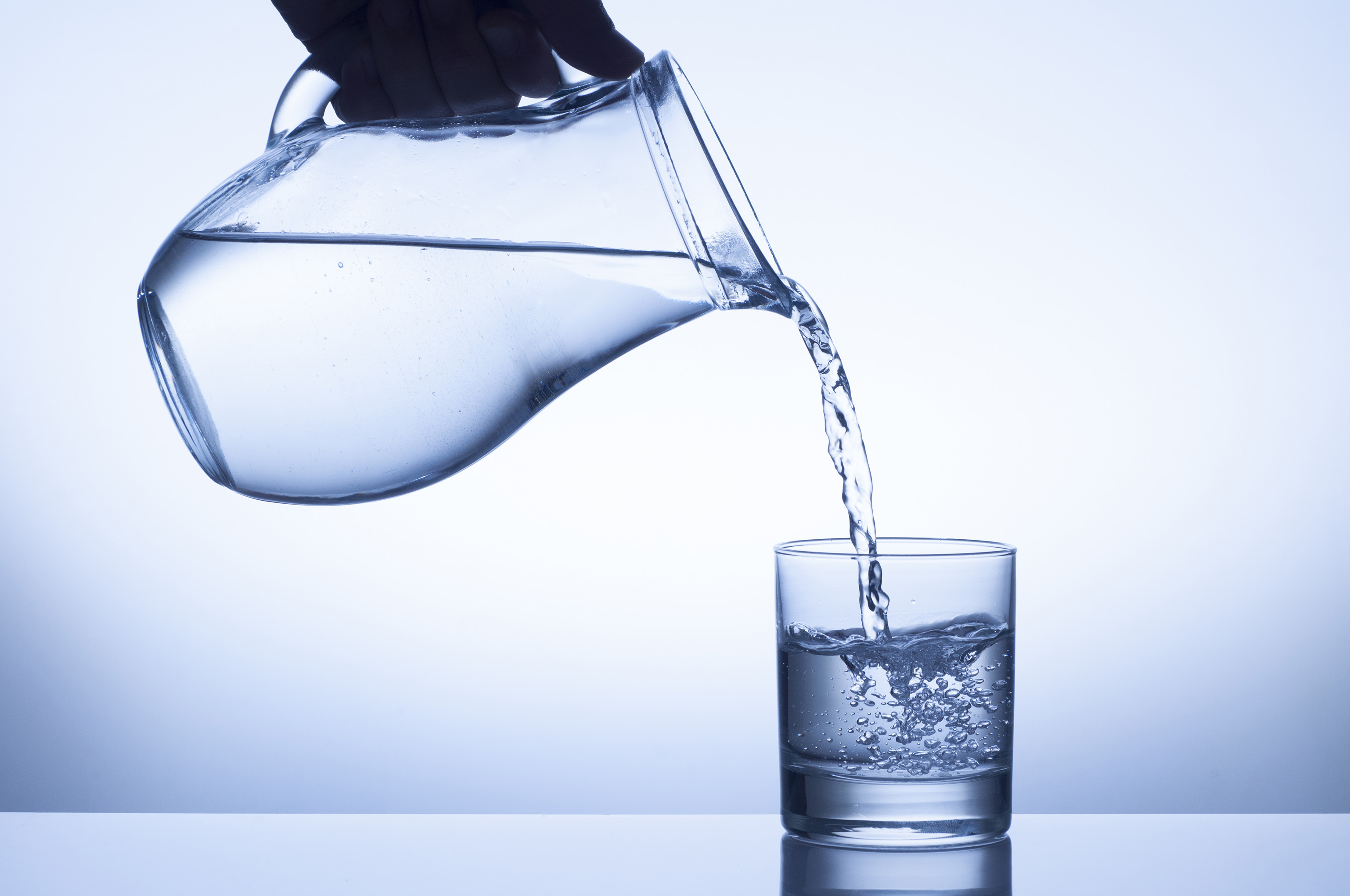









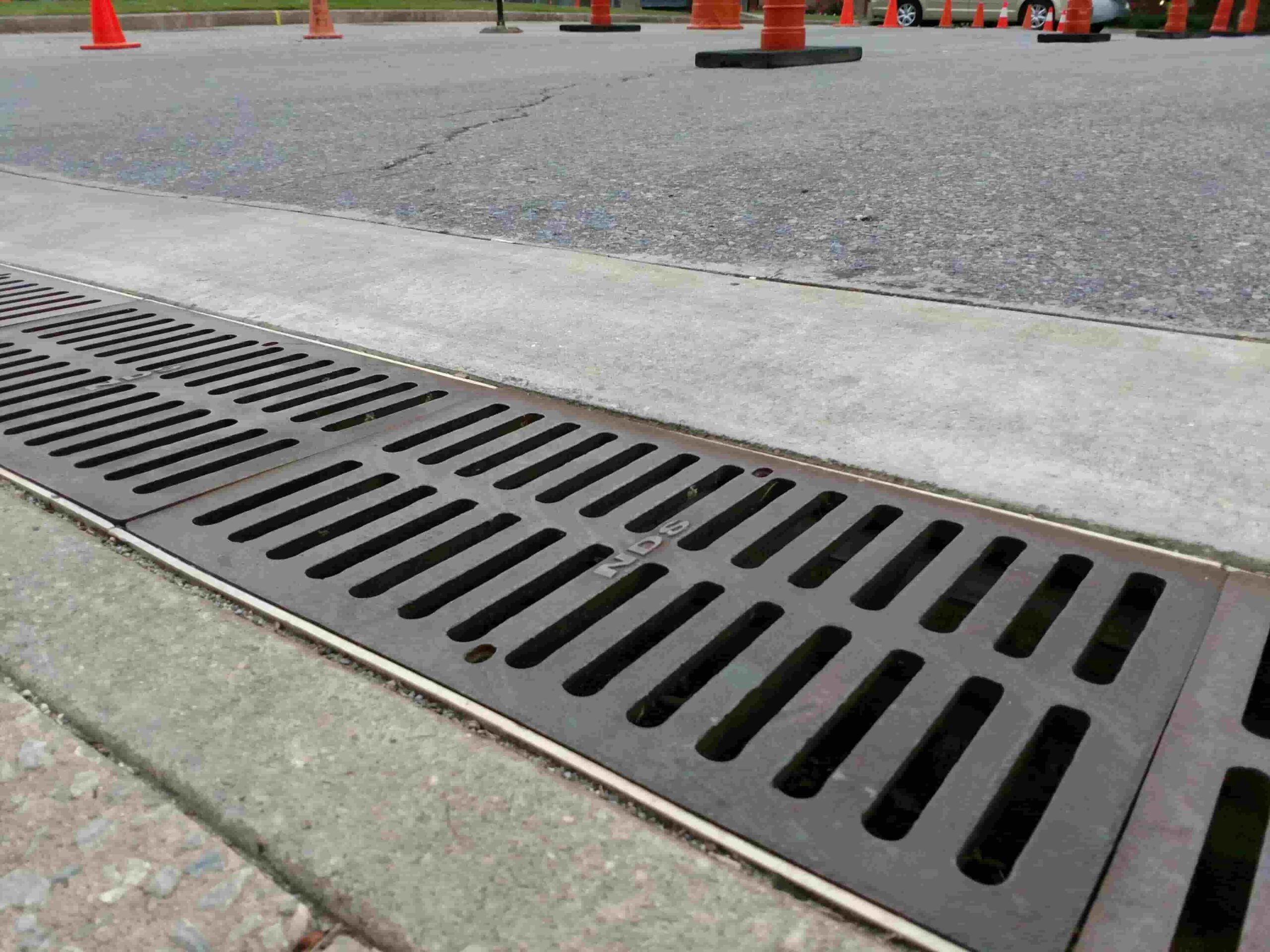
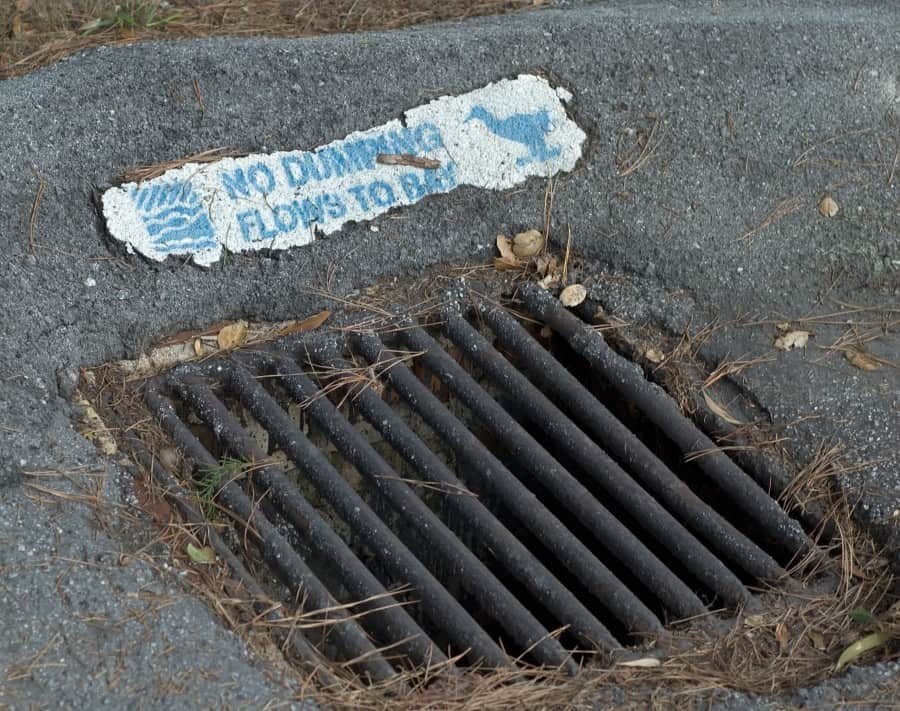
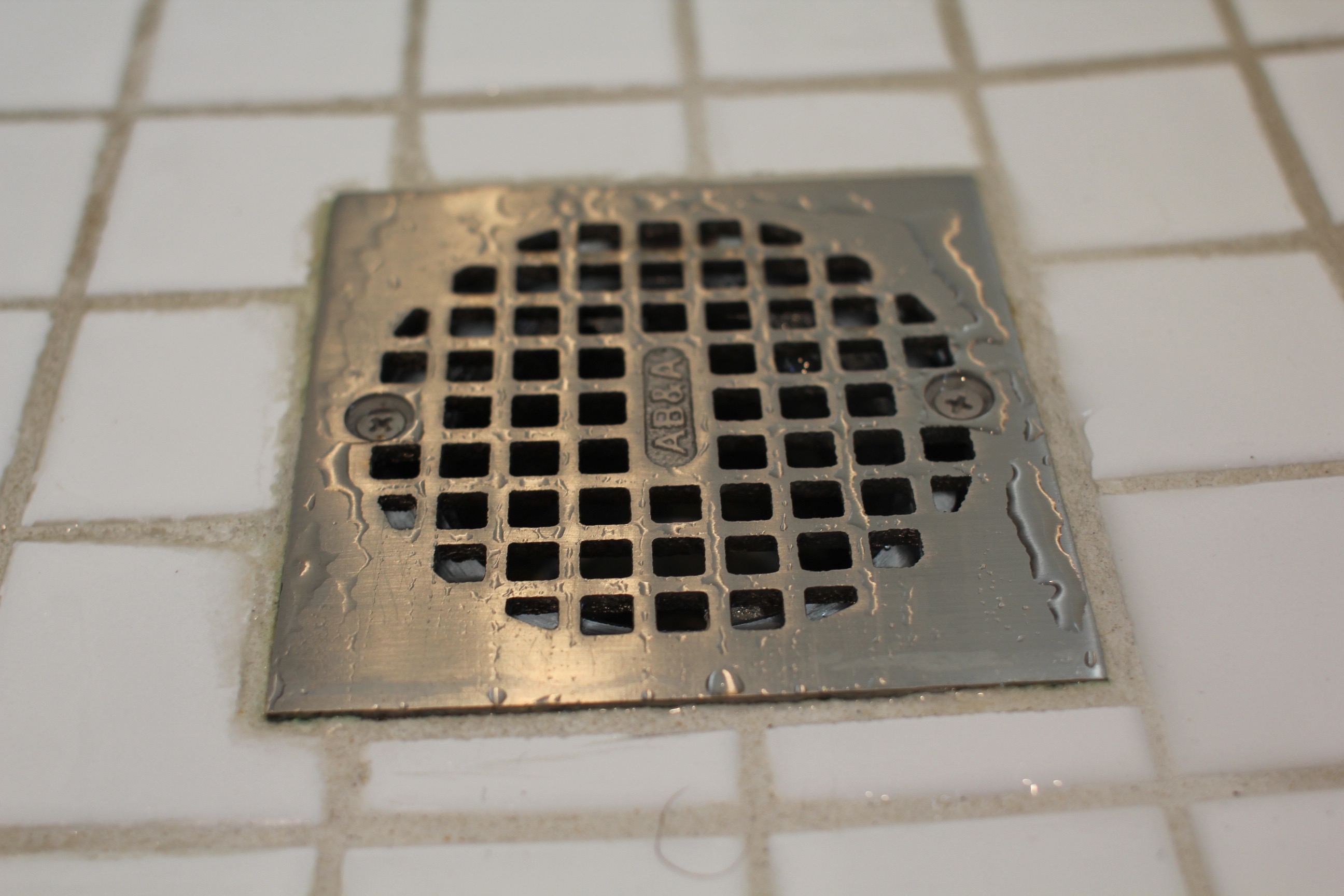




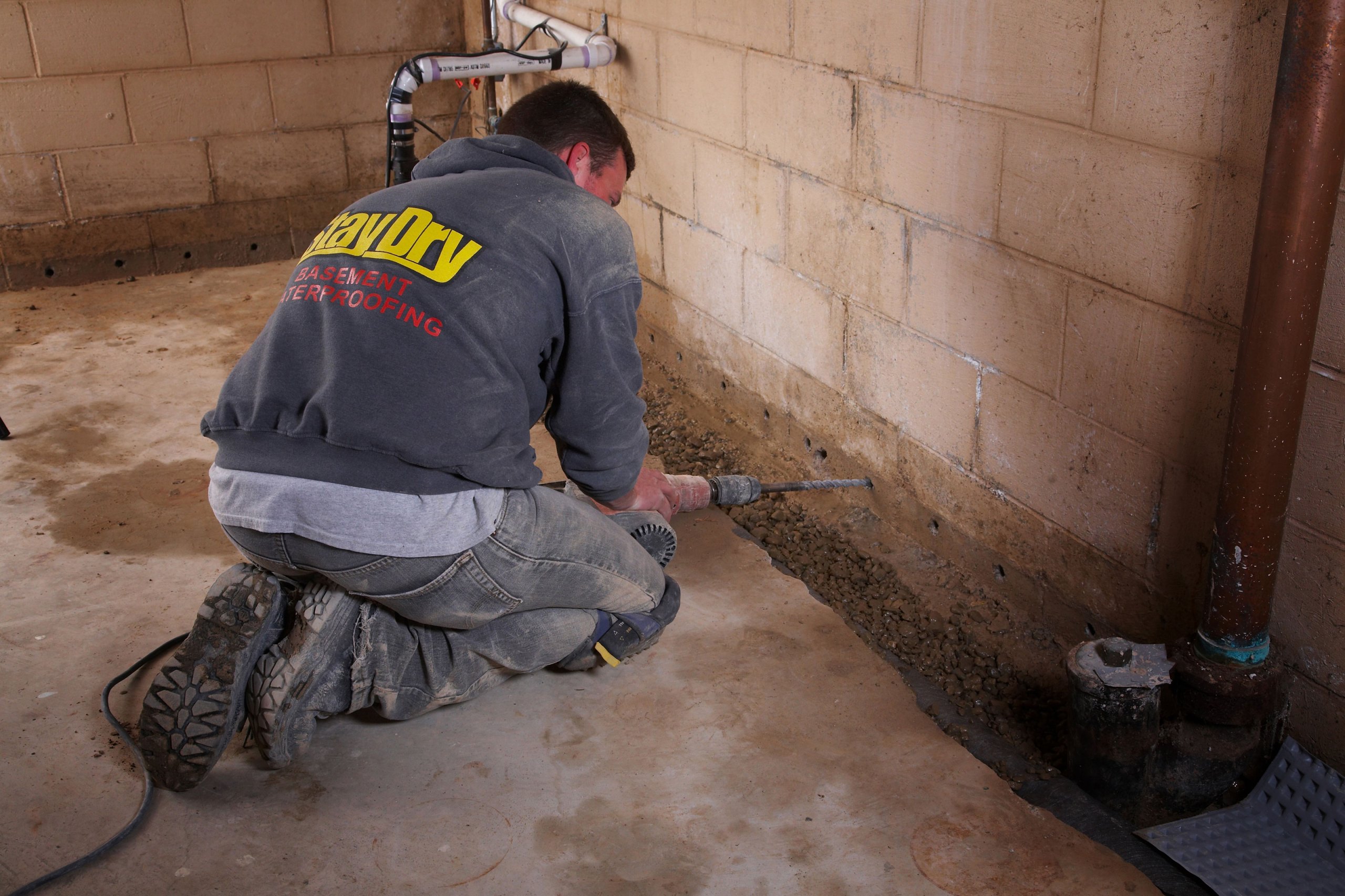



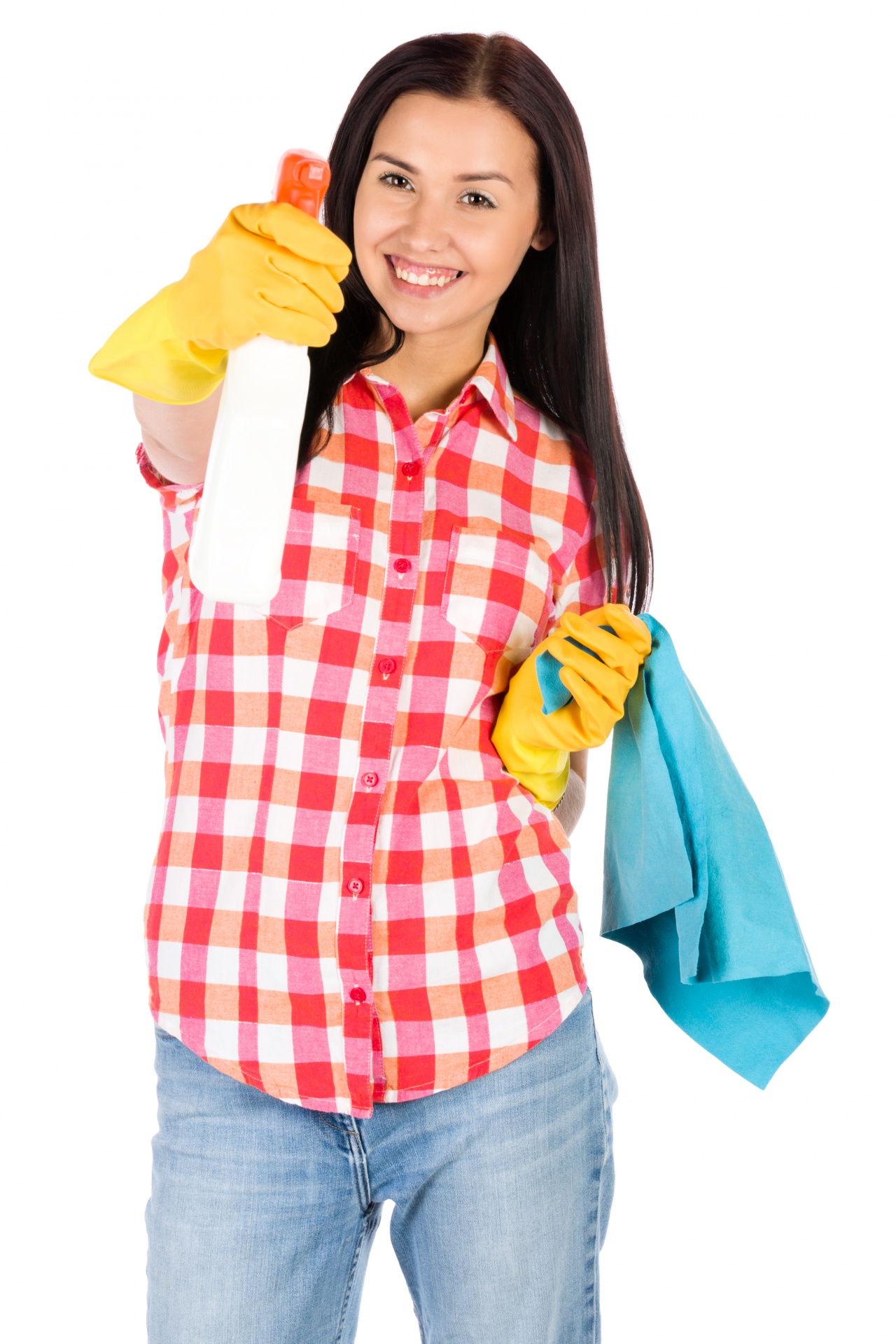



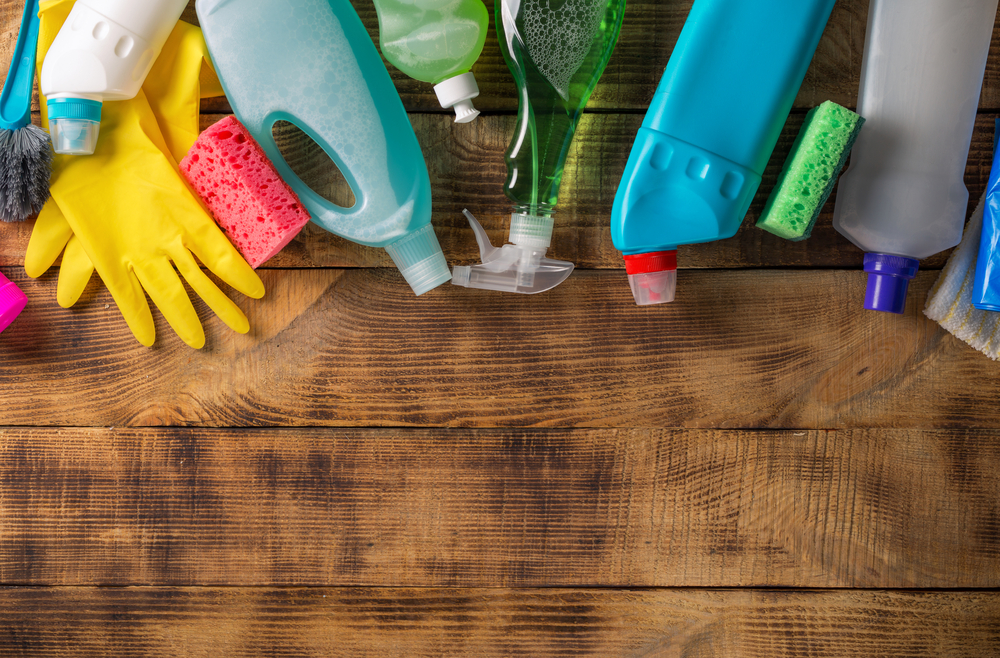









/chemistry-glassware-56a12a083df78cf772680235.jpg)






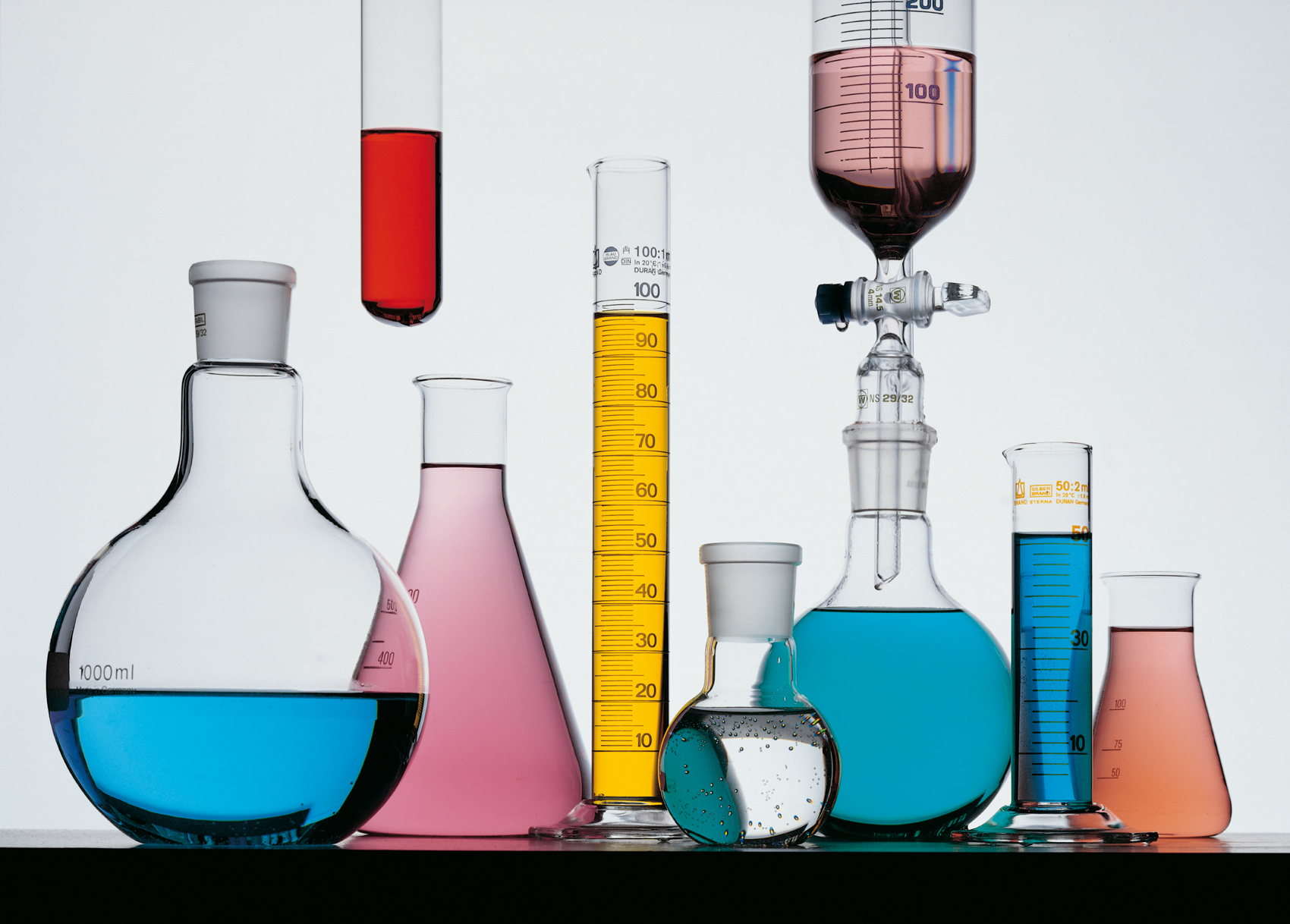

















/Plastic-Plumbing-Pipe-183508152-58a47c925f9b58819c9c8ac6.jpg)




:max_bytes(150000):strip_icc()/steel-pipes-903670438-5ac5508d18ba0100362e2198.jpg)






